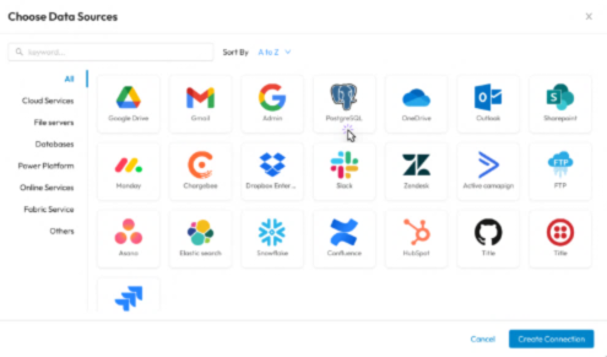Introduction
The data discovery challenge is undergoing a profound transformation driven by cloud-native technologies and the rapid pace of application development, fueled by advances in generative AI. This paradigm shift has given rise to significant data sprawl, posing challenges for enterprises, particularly in managing their data, while ensuring the security of their sensitive information. As many large enterprises embrace hybrid cloud and multi cloud environments, the need to confidently know their data, and ascertain the security of data becomes increasingly complex.
Challenges of Data Sprawl in the Cloud
Rise of Cloud-Native Transformation
- Cloud-Native Development: Fast-paced application development in cloud-native environments is a key driver of data sprawl.
- Generative AI Impact: Advances in generative AI contribute to the acceleration of application development, further exacerbating data sprawl challenges.
- Sensitive data proliferation: As data sprawl grows exponentially, so does the risk of sensitive data exposure.
Security Concerns in Public Clouds
- Flexibility vs. Security: Public clouds offer flexibility and scalability but raise concerns about the security of sensitive data.
- Statistics on Data Breaches: The 2023 IBM Cost of a Data Breach Report indicates that over 80% of recent data breaches involve data stored in the cloud.
- IBM calculates that the value of each sensitive data element is $165. So a data breach that exposes 1M credit card numbers could be a $165M risk.
Threat Vectors with Large Language Models (LLMs) and Generative AI
- Emergence of Threat Vectors: Adoption of LLMs and generative AI in enterprise applications introduces new threat vectors for sensitive data in the cloud and greatly accelerates data sprawl.
Complexities in Managing Sensitive Cloud Data
Challenges for Modern Organizations
- Multi Cloud Environments: Large enterprises grapple with managing multiple databases and data stores across various cloud providers.
- Complexity in Data Governance: Security and data governance teams face complex questions regarding the management of cloud data and the protection of sensitive data.
Key Questions Faced by Security, Privacy and Data Governance Teams
- Location of Cloud Sensitive Data:
- Where is my sensitive data stored in the cloud?
- Is any sensitive data exposed?
- Ongoing Threats and Breaches:
- Are there ongoing threats and data breaches happening in my environment?
- Prioritized Data Security & Privacy Risks:
- What is my list of prioritized data security and privacy risks, considering the context of application and cloud?
- How can I mitigate or remediate these risks?
- Security and Compliance Reporting:
- How can I report on security, privacy and compliance posture and track it over time?
Urgency and the Need for a Comprehensive Approach
The urgency of addressing these questions cannot be overstated, and siloed approaches or reliance on homegrown tools fall short. Security teams require a unified security and privacy platform approach, seamlessly integrating data security and privacy requirements with cloud context. This approach aims to provide:
- Visibility: Gain comprehensive visibility into the location and exposure of sensitive data in the cloud.
- Governance: Implement governance measures around cloud data to ensure compliance with security standards.
- Detection and Prevention: Employ mechanisms to detect and prevent data loss or exfiltration in real-time.
Conclusion
In navigating the evolving data discovery landscape, enterprises must confront the challenges posed by data sprawl and security in the cloud. The combination of cloud-native transformation, generative AI advancements, and the prevalence of multi cloud environments necessitates a strategic and unified approach to data security. Adopting Secuvy’s data discovery platform enables organizations to address the pressing questions surrounding data security, prioritize risks, and implement effective mitigation strategies. As the digital landscape continues to evolve, a proactive and comprehensive approach to data security becomes imperative for ensuring the resilience of the enterprise.





